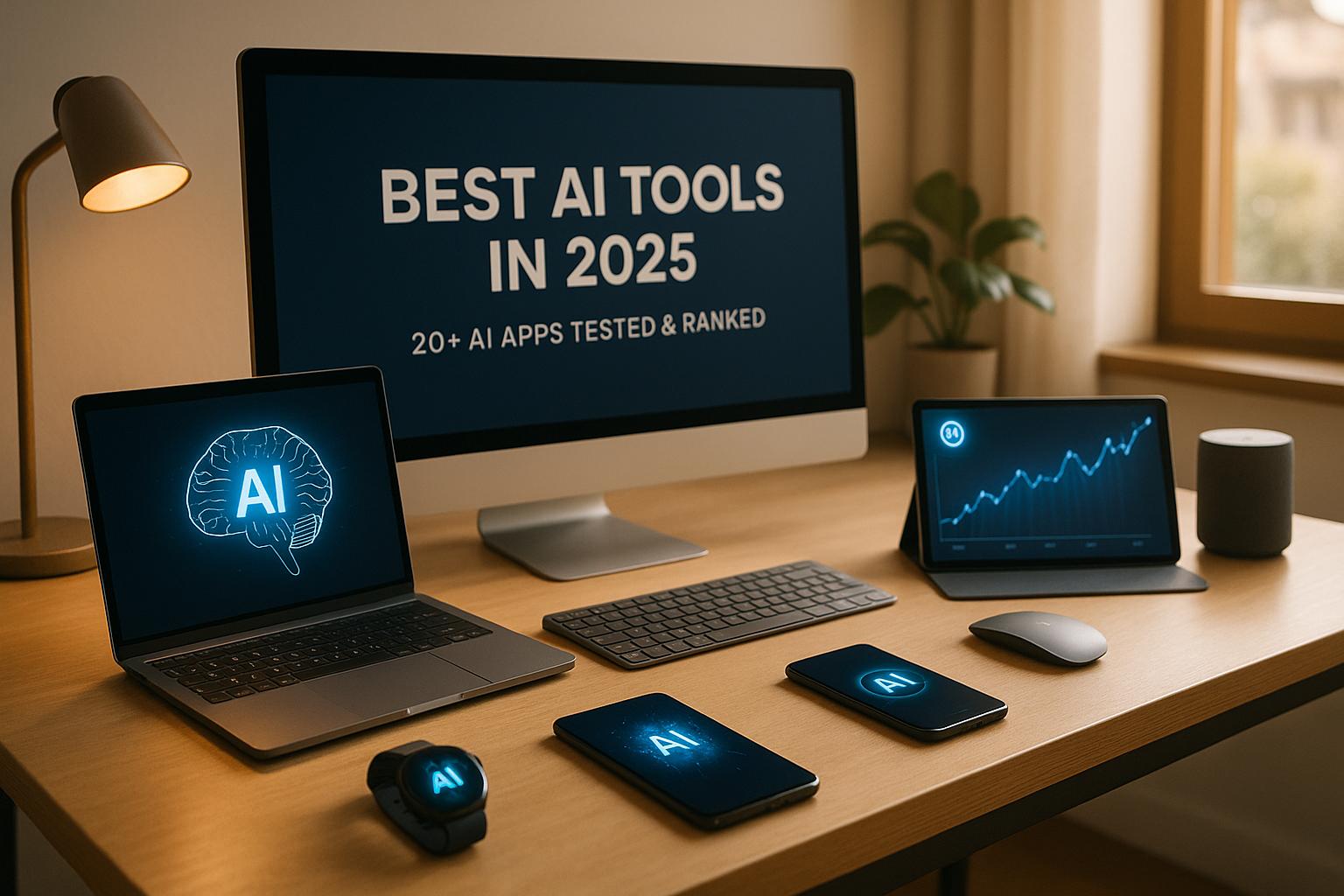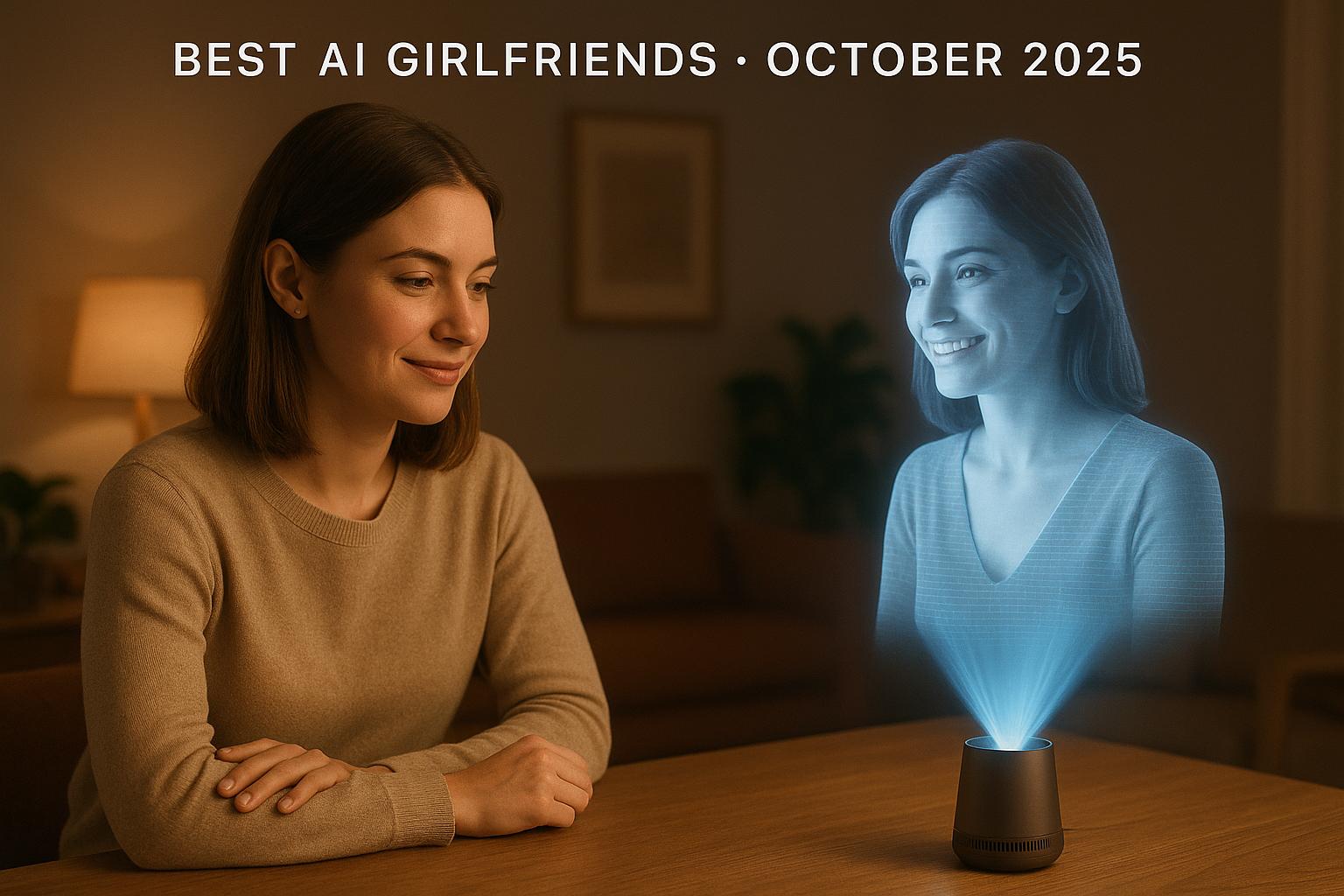How AI Shapes Web Design: Unveiling the Power of Agents, LLMs, and Prompts
Artificial Intelligence (AI) is no longer a futuristic concept; it’s a transformative force reshaping countless industries, including web design and digital marketing. For those exploring AI for the first time - whether you're a business owner, teacher, creator, or student - it can feel like entering uncharted territory. This article provides a clear overview of how AI is changing the web design landscape, focusing on three key areas: Large Language Models (LLMs), AI Agents, and effective prompting techniques.
Drawing insights from an expert discussion, we’ll explore how innovative AI tools are being used to streamline workflows, enable creativity, and enhance productivity. Let’s dive into the world of AI for web design and uncover practical ways to leverage it effectively.
Understanding the Core Categories of AI in Web Design
To harness the full potential of AI, it's essential to understand its main categories and how they function. AI technologies can be broadly divided into three categories based on their applications: Large Language Models, AI Agents, and Content Creation Tools.
1. Large Language Models (LLMs)
LLMs like ChatGPT, Claude, and Groq are designed to process and generate human-like text. These tools excel at idea generation, content creation, coding assistance, research, and much more. While ChatGPT is versatile and widely used, Claude is often preferred for tasks requiring refined writing, such as marketing copy.
Key Features of LLMs:
- Open-Ended Applications: LLMs can assist with everything from answering questions to creating detailed strategies.
- Research Assistance: Tools like Perplexity and Notebook LM not only provide answers but also cite sources, ensuring credibility.
- Custom Training: LLMs can be tailored for specific industries or tasks. For example, you can train an AI chatbot on your organization's data to serve as a specialized assistant.
2. AI Agents
AI Agents are tools designed to perform specific tasks autonomously. Unlike LLMs, which require user input for each interaction, AI agents can complete multi-step workflows on your behalf. They are ideal for tackling repetitive tasks like lead generation, scheduling, or data analysis.
Examples of AI Agents:
- Manis: Capable of browsing the web, processing data, and managing tasks, Manis exemplifies the potential of AI agents.
- Make.com & Zapier: While not AI-specific, these platforms enable the automation of tasks through workflows and integrations, akin to "agents in action."
AI agents are revolutionizing the web design process by automating actions that previously required human intervention, such as setting up email sequences, analyzing website performance, or managing customer data.
3. Content Creation Tools
AI tools like MidJourney, DALL-E 3 (now part of ChatGPT), and Ideogram specialize in content generation - whether it’s images, graphics, or even videos. These tools are especially useful for web designers aiming to create visuals that align with brand identity.
Notable Advancements:
- Improved Text in Images: Tools like Ideogram and DALL-E 3 can now generate imagery with accurate text integration, a feature that was previously inconsistent.
- Video Generation: Platforms like MidJourney and ChatGPT’s Sora are beginning to test video creation, opening new possibilities for dynamic content.
By automating the creation of visual assets, these tools allow designers to focus on higher-level strategy and execution.
The Power of Prompting: How to Get the Best Results
One key to using AI effectively is crafting strong prompts. AI tools perform better when given clear, structured instructions, and one framework that can help is RICE: Role, Information, Context, Constraints, and Examples.
The RICE Framework for Prompting
- Role: Define the AI’s role clearly. For example, "You are a brand strategist."
- Information: Specify the task. For instance, "Create a 1,000-word analysis of World War I."
- Context: Set the scene. "From a 2025 perspective, analyze lessons learned from World War I."
- Constraints: Limit the parameters. "Stay within 1,000 words."
- Examples: Show what success looks like. "Structure the content like a historical article with subheadings."
By narrowing the tool's focus and providing guidance, you’ll achieve better, more relevant results. For instance, web designers can use this framework to generate website copy, marketing plans, or even technical specifications.
Real-World Application: Using AI in Web Design and Business
Here are practical ways AI is already making waves in the web design industry:
1. Streamlining Client Projects
AI tools can help web designers automate parts of the design process, from generating initial mockups to refining brand messaging. For instance:
- Custom Brand Messaging: By conducting interviews with clients and feeding the transcripts into AI, designers can create consistent brand assets tailored to the client’s vision.
- Site Content: ChatGPT and Claude can refine website copy for clarity, SEO, and alignment with brand identity.
2. Automating Repetitive Tasks
AI agents can significantly reduce admin work. Tasks like setting up email campaigns, pulling analytics data, or managing invoicing can be delegated to AI tools, freeing up time for more creative and strategic endeavors.
3. Enhancing Creativity
Image and video generation tools enable designers to explore creative concepts quickly. For example:
- AI can create visual mockups for brand assets such as social media posts, ad campaigns, and even entire website layouts.
- AI-generated ideas can be refined into professional designs, providing a strong starting point for client projects.
The Future of AI in Web Design
The rise of AI is not about replacing people but augmenting their capabilities. As AI tools evolve, they are enabling web designers and digital marketers to:
- Deliver faster results
- Provide more personalized services
- Scale their offerings with greater efficiency
However, the human touch - strategic thinking, creativity, and relationship-building - remains irreplaceable. Designers and marketers who position themselves as strategic partners, rather than simply service providers, will continue to thrive.
Key Takeaways
- AI Categories in Web Design: Large Language Models like ChatGPT and Claude are versatile tools for content creation, while AI agents handle task automation, and tools like MidJourney specialize in visual content.
- Prompting Is Vital: Use frameworks like RICE (Role, Information, Context, Constraints, Examples) to guide AI effectively.
- Efficiency Meets Creativity: AI tools streamline workflows, allowing web designers to focus on high-level strategy and innovation.
- Real-World Use Cases: Automate repetitive admin tasks, enhance brand messaging, and generate creative assets with AI.
- Future-Proof Your Career: Lean into AI as a tool to amplify your skills and position yourself as a strategic partner for clients.
AI's transformative potential lies not in replacing professionals but empowering them to work smarter. By understanding how to effectively leverage LLMs, agents, and content creation tools, web designers and business owners can achieve greater efficiency, creativity, and impact in their work. The goal isn’t to compete with AI - it’s to collaborate with it. Welcome to the future of web design.
Source: "Ai and Web Design (a 101 Overview) with Antwaun Williams" - Josh Hall, YouTube, Aug 4, 2025 - https://www.youtube.com/watch?v=S5ppsOFviwI
Use: Embedded for reference. Brief quotes used for commentary/review.



